EXTINCT ANIMALS
Added on: 20th Nov 2014
GIANT GROUND SLOTH
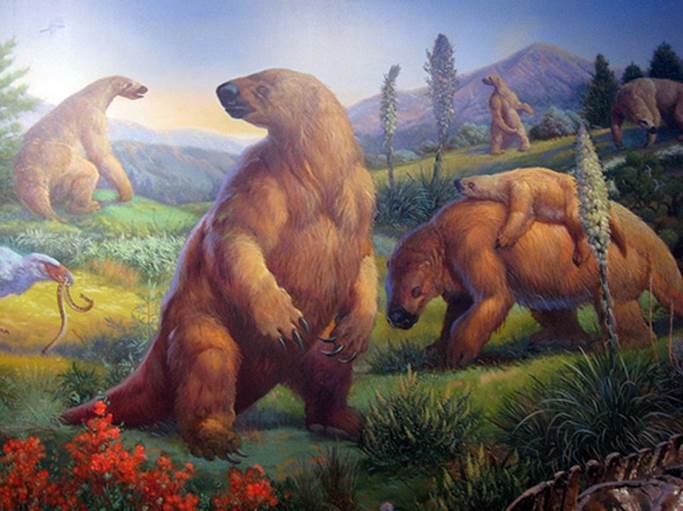
EXTINCTION: 10,000 YEARS AGO
The largest ground sloth was the size of an elephant.
Their claws could reach 50cm in length; that's the size
of a human forearm. Despite their huge claws and
intimidating appearance, these sloths, like their
modern day tree sloth were herbivores.
WOOLLY MAMMOTH

Extinction: Between 10,000 and 4,000 years ago.
Most Woolly Mammoths died out approximately 10,000
years ago. However, a small population of 500-1000
woolly mammoths lived on Wrangel Island until 1650 BC.
The human/mammoth relationship is well documented
in cave paintings. The Rouffignac cave in France features
over 158 depictions.
IRISH ELK
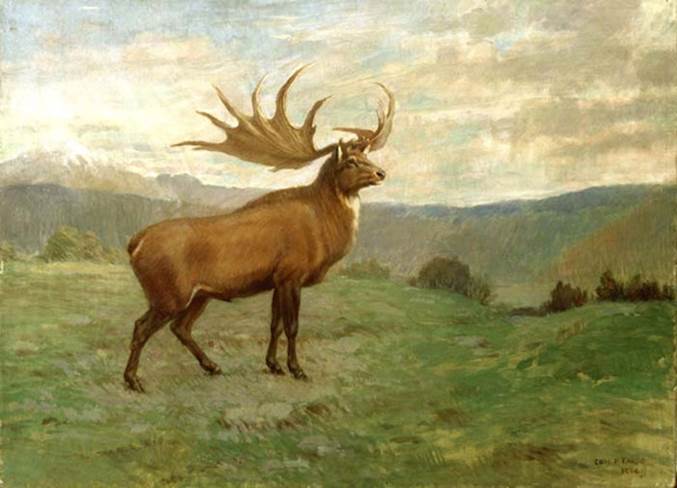
EXTINCTION: 7,500 YEARS AGO
The Irish elk was about 6 feet 11 inches tall and had very
widespread antlers. The animal's antlers extended to about
12 feet in length from one tip to the other. One of the reasons
the Irish Elk was thought to become extinct, was because of its
sheer size. Despite its name, the Irish Elk was found all across
Europe and Asia, and in North Africa, and is technically a deer
rather than an elk.
DIPLODOCUS
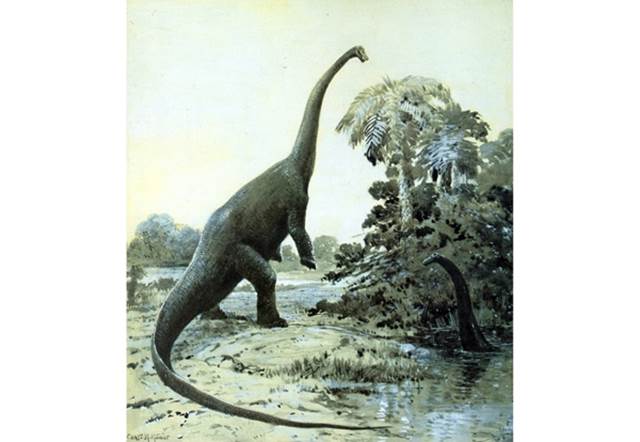
EXTINCTION: LATE JURASSIC
(OVER 145 MILLION YEARS AGO).
The long tail of Diplodocus was probably its primary weapon
against predators. Studies using advanced computer modelling
programs have suggested that Diplodocus could whip its tail
at almost 800 mph. Diplodocus had almost comically tiny brains
compared to the rest of their bodies.
QUAGGA
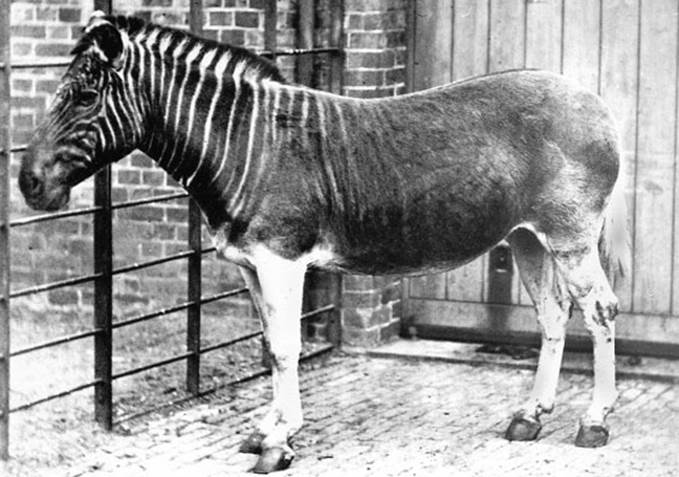
EXTINCTION: 1883
The quagga roamed the plains of South Africa, once considered a
separate species the Quagga is now generally accepted as a
subspecies of the Plain’s Zebra. Little is known about the Quagga’s
behaviour in the wild, this image was found in 1991 and features a
Quagga in captivity at London Zoo; it is thought to date back to 1870.
DODO
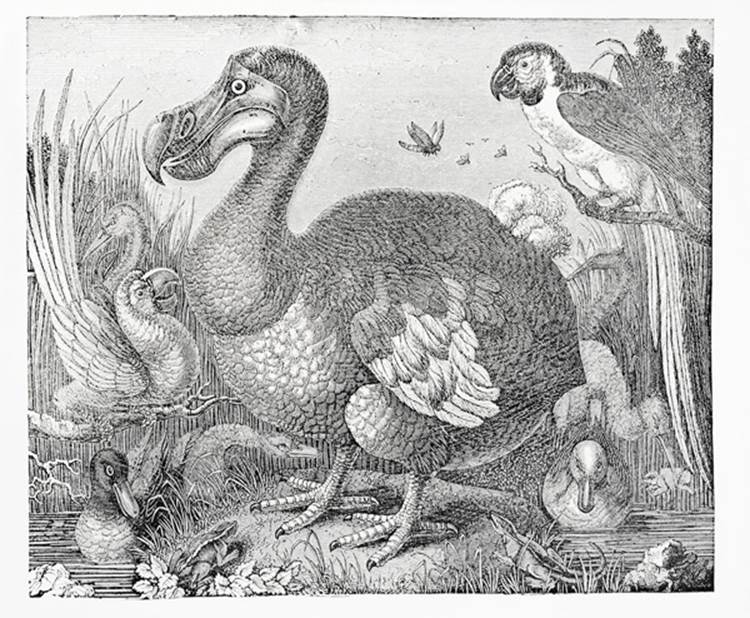
EXTINCTION: 1662.
The Dodo was a flightless bird that was endemic to the
island of Mauritius. The closest extant relative of the
Dodo is the Nicobar Pigeon. Because very few illustrations are
known to have been drawn from live specimens, its exact
appearance in life remains unresolved.
STELLER'S SEA COW

EXTINCTION: 1768.
The Sea Cow grew to at least 8 to 9m in length as an adult,
much larger than the Manatee or Dugong (closest living relatives).
The species was quickly wiped out by the sailors, seal hunters,
and fur traders, who hunted it for food and for skins, which
were used to make boats. It was also hunted for its valuable
subcutaneous fat, which was not only used for food, but also for
oil lamps because it did not give off any smoke or odour and
could be kept for a long time in warm weather without spoiling.
By 1768, 27 years after it had been discovered by Europeans,
Steller's Sea Cow was extinct.

Comment on this